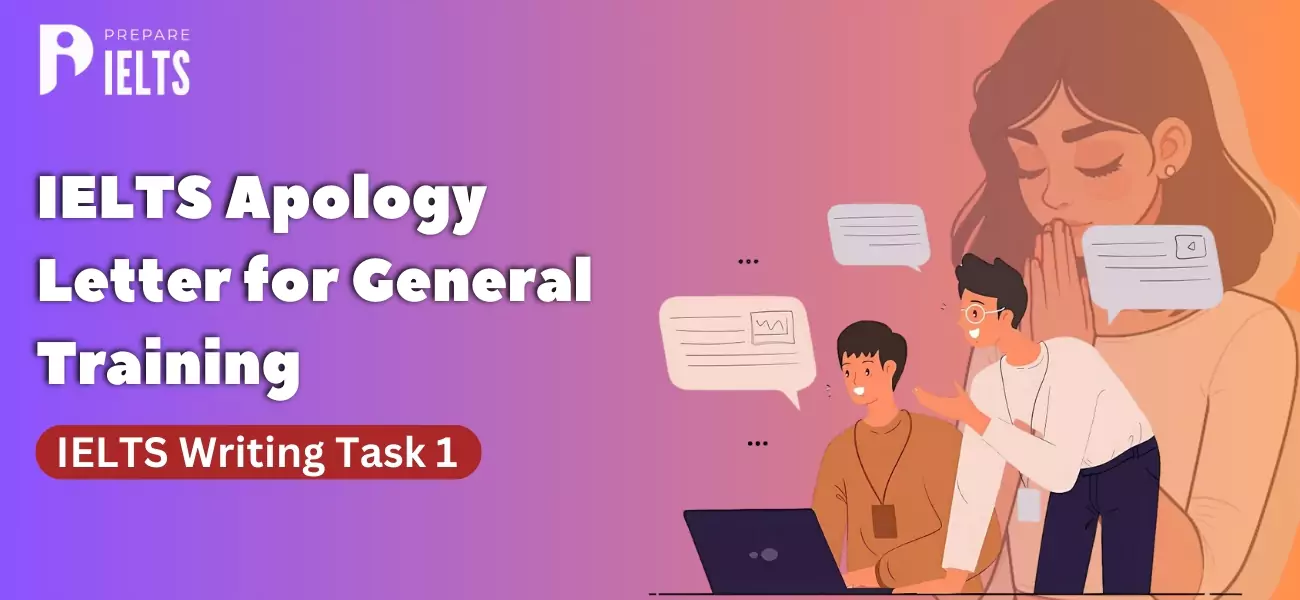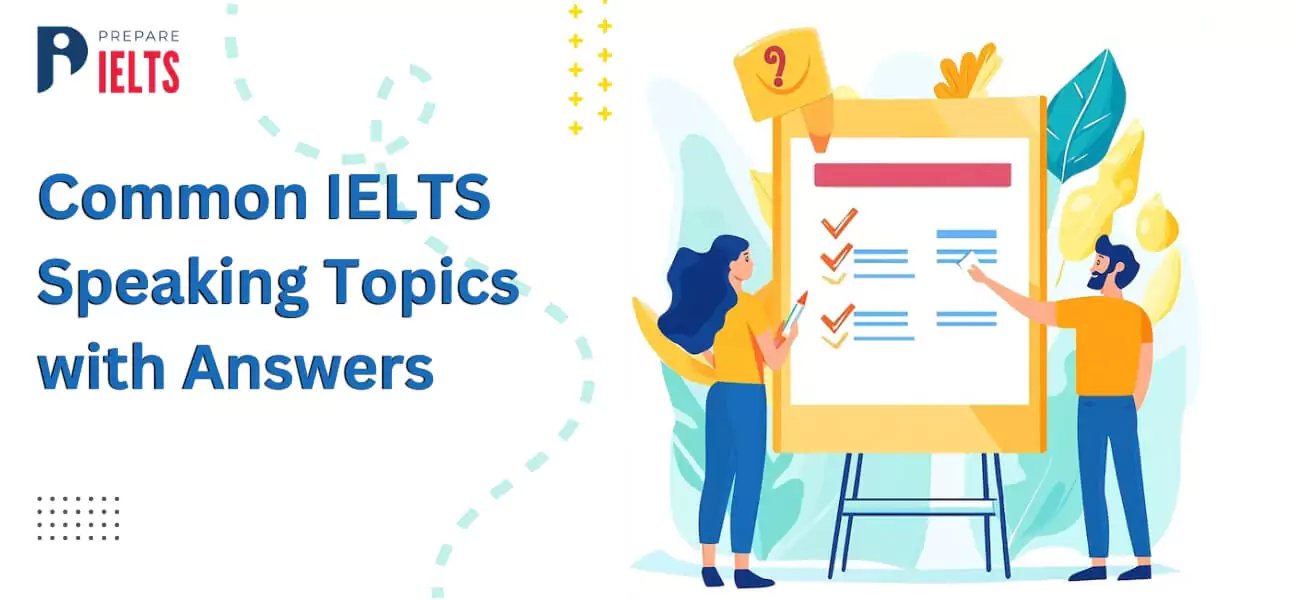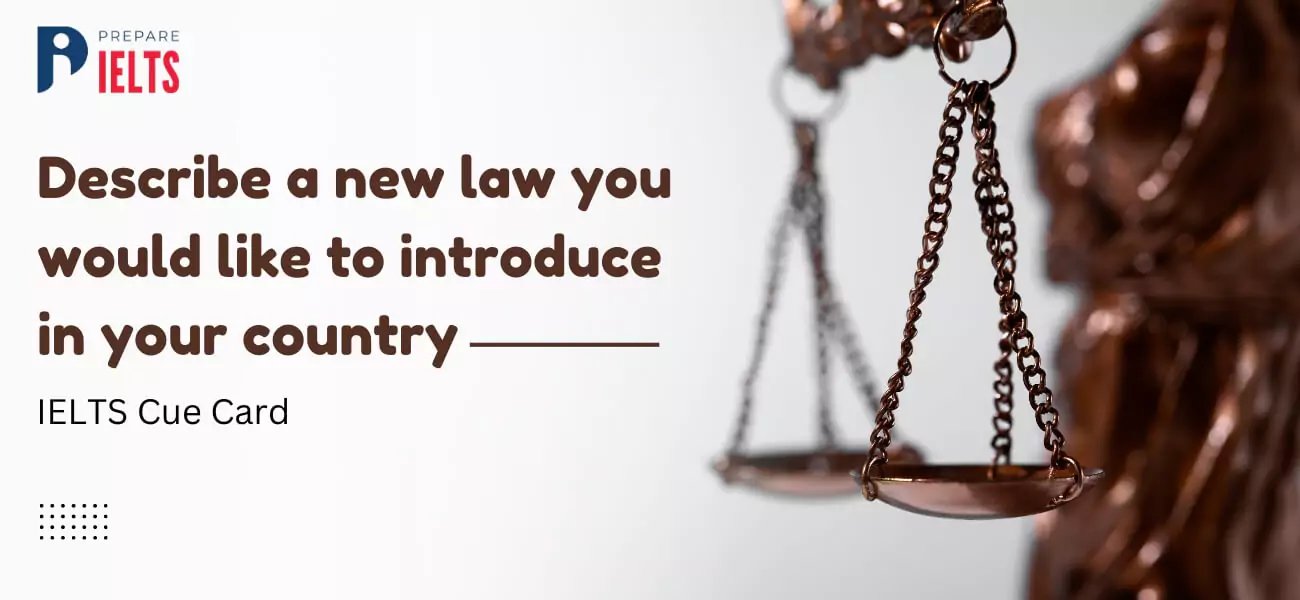
Overview
Most students regard the IELTS writing section to be the most difficult part of the test. The writing component includes two tasks: Task 1 and Task 2. Task 1 entails summarizing, describing, or explaining visual material (charts, graphs, and diagrams), whereas Task 2 is an essay that needs critical analysis and discussion on a specific topic.
In order to perform well in both the tasks, you must understand their evaluation criteria.
Since, understanding the evaluation criteria on which the examiner bases the scores will undoubtedly assist you in identifying and addressing all loopholes and achieving high bands.
Therefore, in this blog, we will go over the IELTS writing task 2 score evaluation criterion.
IELTS Writing Task 2 Marking Criteria
Now that you are starting with the IELTS Writing Task 2, you should first understand that there are several parameters. Here are the criteria for IELTS writing task 2:
-
Task achievement
-
Coherence and cohesion
-
Lexical resource
-
Grammatical range and accuracy
Let’s discuss each IELTS writing task 2 score criteria in detail.
Task Response
Task Response evaluates a candidate's comprehension and response abilities to a given task. To successfully complete this assessment criterion, you must cover all components of the supplied question and include everything. Its requirements include covering some generalised information that is contained in the Introduction Paragraph, as well as providing your point of view.
Furthermore, you must present sufficient knowledge of the issue to support your point. The second and third paragraphs should include this information. Also, include examples or pictures to back up your claim, and if requested, provide some information regarding 'if you do not agree with the question'.
Most importantly, remember to include all the sub-points in the question; otherwise, your IELTS writing score will be deducted. Further, the output tone in IELTS Writing Task 2 can be informal and professional simultaneously, as long as proper English grammar and vocabulary are used.
Coherence & Cohesion
Practice generating a logical flow between two paragraphs and sketching out the flow of your ideas to improve your coherence and cohesion score. The data must be exceedingly precise and readable. The progression of your idea should be clear throughout the work.
Moreover, every paragraph should always convey a clear principal theme or idea. The paragraphs should be clearly defined so that the assessor may understand them. However, you must avoid redundancy or repeat the same ideas throughout your responses.
Lexical Resource
Your vocabulary is your lexical resource. This portion assesses your vocabulary, language, command of lexical characteristics, word choice, and clarity. In IELTS Writing Task 2, make sure to use a variety of sentence types. The invigilator must see that you are also comfortable with complex language. To ace this section, the test-taker should have a strong vocabulary.
Test takers must exhibit excellent command of linguistic features. Apart from this, one must use describing words to emphasise important facts. Also, avoid spelling and sentence-formation mistakes in order to achieve a high band.
Grammatical Range & Accuracy
This IELTS Writing Task 2 evaluation criteria evaluates your ability to apply and comprehend English grammar. To do well, you must have complete correctness with punctuation and flexibility in phrase structure.
Make sure it's something that appears frequently! However, do not attempt to stuff it. When crafting your sentences, be as natural as possible. If you need more practice with these skills, seek assistance from our qualified tutors, who will consistently deliver quality corrections!
Also read: The White Horse of Uffington - Reading Answers
Band Description and Criteria for IELTS Writing Task 2
The table outlining the evaluation criteria for IELTS Writing Task 2 is below.
| Band | Skill Level | Task response | Coherence and cohesion | Lexical resource | Grammatical range and accuracy |
|---|---|---|---|---|---|
|
9 |
Expert |
Fully addresses tasks with well-supported ideas. |
Properly manages paragraphing |
Wide vocabulary with minor errors |
Flexibility and accuracy |
|
8 |
Very Good |
Fluently discusses topics with occasional errors. |
Maintains coherence with the development |
Wide vocabulary with occasional inaccuracies |
A variety of error-free structures |
|
7 |
Good |
Addresses tasks with limited loss of coherence. |
Uses good connectives |
Flexible vocabulary with some mistakes |
Complex structures with few errors |
|
6 |
Competent |
Addresses tasks with a few errors. |
Paraphrases without error |
Good use of structures with some mistakes |
Mostly correct grammar |
|
5 |
Modest |
Maintains flow with some repetition. |
Uses vocabulary with mixed success |
Basic sentence forms with limited accuracy |
Limited range of accuracy |
|
4 |
Limited |
Addresses tasks with errors. |
Poor and basic word choice |
Mostly simple sentences |
Multiple errors |
|
3 |
Extremely Limited |
Improperly addressing with error |
Insufficient vocabulary |
Basic sentences |
Multiple inaccuracies |
|
2 |
Intermittent |
Lacks proper writing skills |
Basically memorised |
Can produce basic sentence forms |
Speech is mostly unclear |
|
1 |
Non-User |
Unclear. |
- |
- |
- |
|
0 |
Did Not Attempt the Best |
Does not attend |
- |
- |
- |
Register Now, for a free Mock test - Join Today!
Ways to Improve Your Score in IELTS Writing Task 2
Now that you have learnt band descriptors, you must also understand ways to enhance your band score in IELTS writing task 2. You should follow IELTS writing tips before taking the Writing Task 2 test, regardless of your English proficiency. You can master these skills step-by-step with the help of below points:
-
Understanding the Exam - You should first familiarise yourself with the IELTS writing task 2 format, objectives, and evaluation criteria. You should seek information from reliable sources to avoid confusion from conflicting or low-quality resources.
-
Identifying Weak Areas - You should analyse your performance to pinpoint areas of improvement and seek assistance from knowledgeable sources to diagnose issues accurately.
-
Addressing Problems - You must tackle identified weaknesses systematically. Enhance your grammar, vocabulary, and other language skills with targeted practice.
-
Practising with Feedback - You have to practice writing regularly to reinforce skills and seek feedback from knowledgeable resources to refine your approach and identify your areas of improvement.
-
Utilising Resources - You utilise quality resources like instructional materials and expert advice to improve your performance and IELTS writing score.
-
Applying Effective Strategies - You must implement proven strategies to effectively approach different aspects of the writing tasks, like brainstorming relevant ideas, constructing complex sentences, and paraphrasing.
-
Improving Coherence and Cohesion - You must learn how to enhance the flow and organisation of your essay through cohesive devices and proper paragraphing techniques.
-
Seeking Expert Guidance - You should seek proper guidance from qualified mentors who can provide personalised feedback and support tailored to your needs.
Also read: IELTS Exam Eligibility Criteria
Conclusion
In conclusion, understanding the various evaluation criteria for IELTS Writing Task 2 is crucial for anyone aiming to achieve a high band score. Considering task response, coherence and cohesion, lexical resources, and grammatical range and accuracy provides a comprehensive framework for evaluating your writing. By familiarising yourself with these criteria and practising regularly, you can enhance your chances of success in the IELTS Writing Task 2 and ultimately achieve your desired band score.
So, if you are thinking of appearing for the IELTS test and want to plan your test strategically, then we recommend you sign up for our IELTS Courses designed by our experts. If you need further guidance, please contact Prepare IELTS Exam (PI) expert counsellors. Our team of education experts is dedicated to assisting you in the best possible way for the IELTS test. You can also get a one-on-one counselling session online via our platform. Contact us at info@prepareieltsexam.com or call us at +91 9773398388.
FAQs
There are four criteria to give a score in IELTS writing task 2, which include Task Achievement, Coherence and cohesion, Lexical resource, Grammatical range and accuracy.
In all tasks, test takers are evaluated on their ability to create a suitable response in terms of substance, organisation of ideas, correctness and breadth of vocabulary and grammar. Each task is evaluated independently.
The minimum score in IELTS writing task 2 is 0. Whereas the maximum IELTS writing task 2 score can be 9 bands.
Latest Blogs
-

IELTS Score for Canada: Minimum IELTS Requirement for Canada 2025
2024-09-27 18:24:14
-

IELTS Apology Letter for General Training: IELTS Writing Task 1
2024-09-25 16:38:03
-

Minimum IELTS Score for Australia: Student Visas, Universities, and PR in Australia
2024-09-23 18:09:51
-

Common IELTS Speaking Topics with Answers
2024-09-20 18:21:56
-

Describe a foreign culture that you like: IELTS speaking cue card
2024-09-18 16:14:11
-

Describe a Rainy Day IELTS Speaking cue card
2024-09-18 11:11:32
-

Describe a new law you would like to introduce in your country IELTS cue card
2024-09-13 17:17:46
-

Describe your favourite weather: IELTS cue card
2024-09-11 18:01:28
-

Describe an enjoyable journey by public transport: IELTS cue card
2024-09-09 18:05:45
-

Step-by-Step Guide to IELTS Registration in India for the Year 2024 & 2025
2024-09-07 12:59:51


